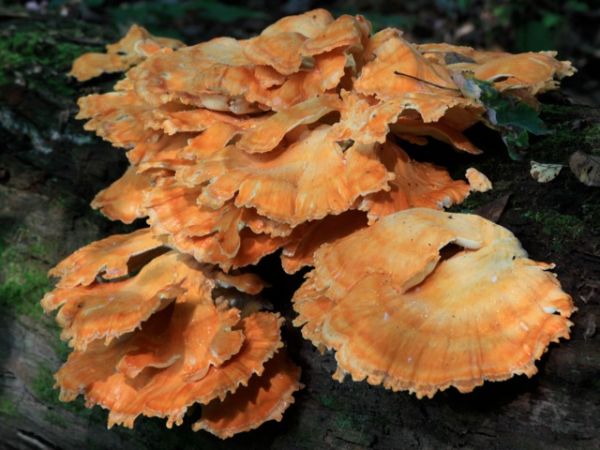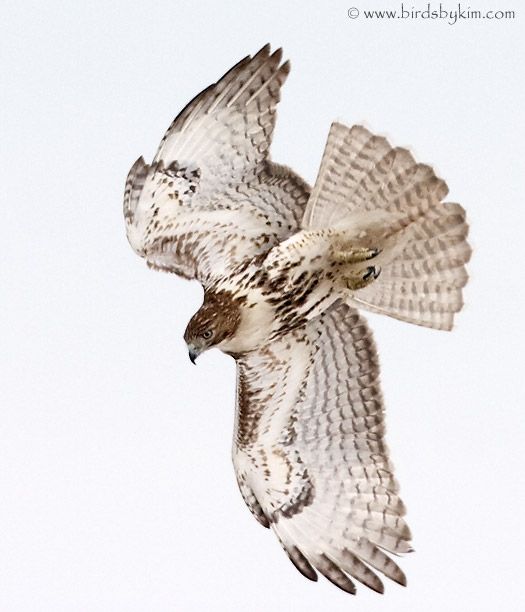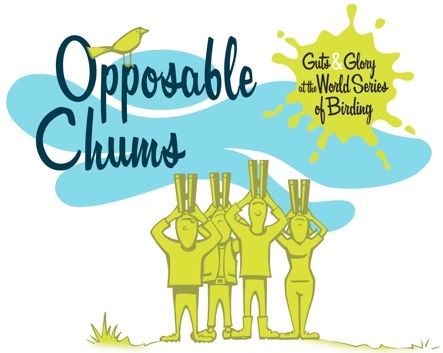‘Tis the season to see Jupiter.
Last Wednesday morning (22 Sept 2010) just before dawn the Moon and Jupiter were side by side in the western sky, bright and unmistakeable.
Jupiter vies with Venus to be the second brightest nighttime object. Last Wednesday I think he won. I checked him with my binoculars and saw three of his four Galilean moons.
The moons of Jupiter changed our view of the universe. In 1609 Galileo made improvements to the telescope invented in the Netherlands the year before. Once he had something that cool to look through he checked the sky. I can imagine his amazement to see Jupiter so well and to discover four tiny dots around it. Every night the dots changed position. What could they be?
Moons!
Jupiter’s moons and papal politics got Galileo in trouble and eventually put him under house arrest. The moons proved there were celestial objects that did not revolve around the Earth, thus disproving the Catholic Church’s geocentric doctrine that the Earth was the center of the universe.
Galileo wrote several papers publicly supporting Copernicus’ heliocentric view — that the Sun was the center of the universe. His most famous book Dialogue Concerning the Two Chief World Systems, was very convincing and its tone was unflattering to the Pope. Ooops! Galileo wasn’t pardoned until 1992.
I imagine what I can see through modern binoculars is roughly what Galileo saw of the moons of Jupiter. They are indeed fascinating and well worth a book or two.
.
(retouched photo of the moons of Jupiter by Don E. Stewart from Wikimedia Commons. Click on the photo to see the original.)


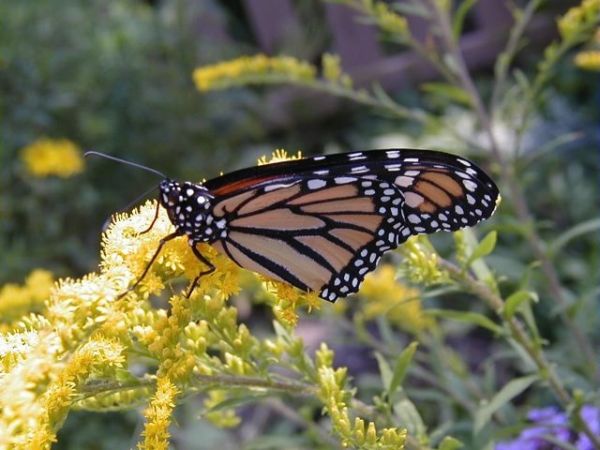
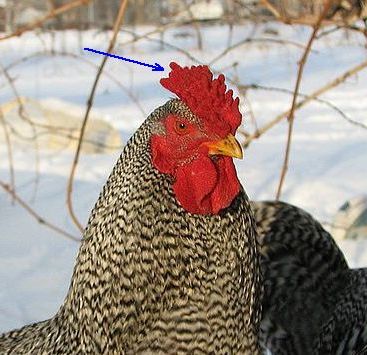
 2:30pm,
2:30pm,  3:00pm,
3:00pm,  4:00pm,
4:00pm,  5:00pm,
5:00pm,  6:00pm,
6:00pm, 